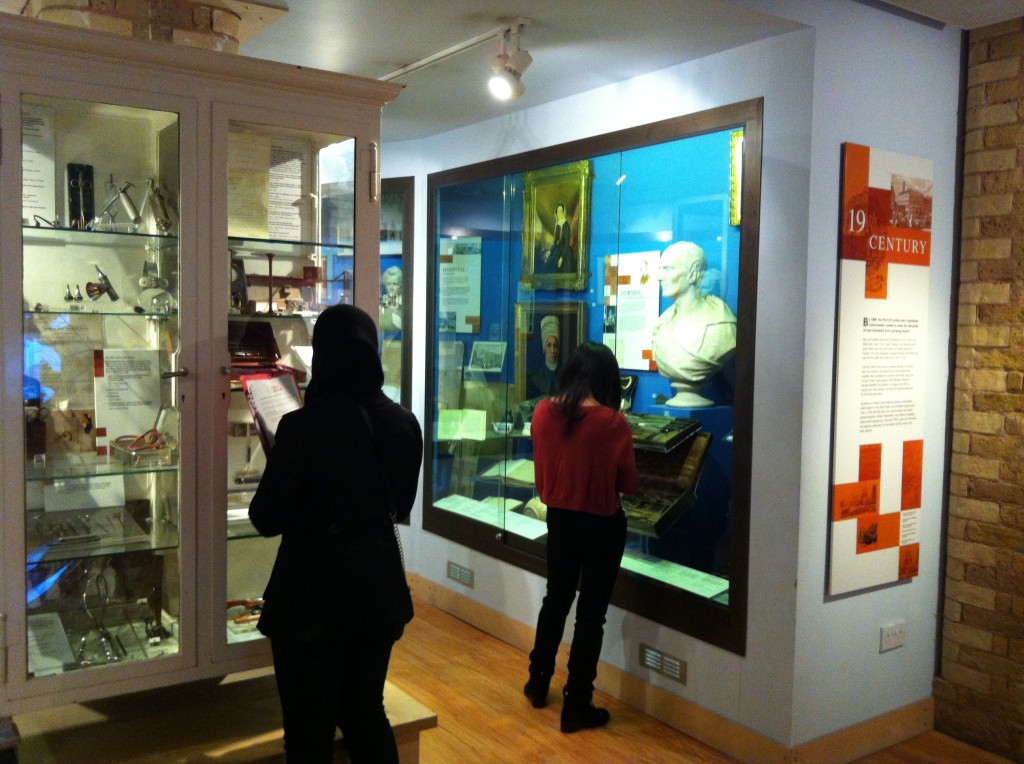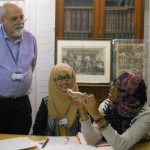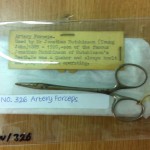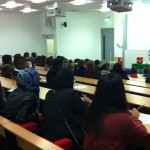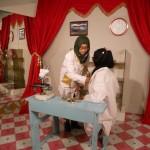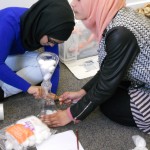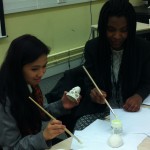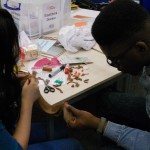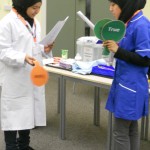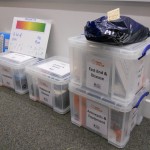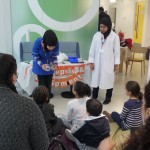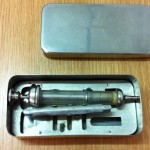Sores, Spores & Sickly Bugs: Introduction to the project
Sores, Spores & Sickly Bugs, funded by the Heritage Lottery Fund has brought together a team of young people aged 14-18 from across east London to investigate the medical heritage of the East End and compare with their present day experiences.
The team have researched medical history at the Royal London Hospital Museum & Archives and have been sharing their research with the wider community in different ways. They have developed and delivered a hands-on workshop for families, written and filmed demonstrations for the medical history webpages on this website and contributed to the Big Question lecture by medical history expert Professor Tilli Tansey OBE. The workshop produced by the young participants has also become part of Centre of the Cell’s family and school programme.
The project in pictures
Research at the Royal London Hospital Museum and Archives
The project began with the team receiving training on what archives are and how to access them by Jonathan Evans, Trust Archivist at Royal London Hospital Museum and Archives. After seeing a taster of what could be found in the archives, the team decided on four topics to concentrate their research on and got stuck into looking at intriguing items from the archives with the help of Jonathan and colleague Richard Meunier, Deputy Archivist/Curator.
Learning about leading workshops
To gain a deeper understanding of how to create successful family learning sessions and find out more about how to explain different concepts in fun and engaging ways the team observed and evaluated Centre of the Cell’s holiday workshops for families. They enjoyed training with the Head of Learning and Project Coordinator to develop practical workshop leading skills and visited the Old Operating Theatre Museum and Wellcome Collection to find out more about medical and history collections and interpretation.
East End Medical History Walk
Tour Guide Tina took the group around the Whitechapel area to investigate its hidden medical histories, from Princess Alexandra’s visit to see the Finsen Light treatment machine at the Royal London Hospital in 1899, to John Merrick’s (the Elephant Man) help with hospital research and the mystery of Jack the Ripper’s murderous activities around the area. Tina gave the group tricks and techniques for presenting, managing groups, and insight into what it is like being a historical tour guide.
Workshop writing, development and testing
After taking part in training sessions and hearing from other medical history learning professionals the team got down to developing ‘stations’ for their workshop around four themes: Anaesthetics, Children and Disease, Equipment and Antisepsis, Disease and the East End. Scripts were written, props were made and presentations were rehearsed in time for testing the workshop with families from the local area at the Watney Market Idea Store.
Design and development of publicity materials
The team met designers Niall and Nigel from Pony Ltd at their studio to brainstorm ideas for poster and flyers to advertise the workshops, and find out more about graphic design.
Writing pages for the website
Sharing their findings with a wider audience was a really important part of the Sores, Spores & Sickly Bugs project so the team have written medical history pages on this website.
Big Question Lecture – ‘Drugs: Medical Marvels or Malevolent Molecules?’
To find out more about medical history and get some hands on experience of event planning, the project team worked on the spring lecture for the Big Question Lecture series at Centre of the Cell with speaker Professor Tilli Tansey. The lecture explored the topic of the history of drugs and their dual roles as medical marvels and malicious molecules. The team also gave a taster of the workshop to those who attended the lecture for further feedback and to test out what it would be like delivering the workshop to a different audience.
